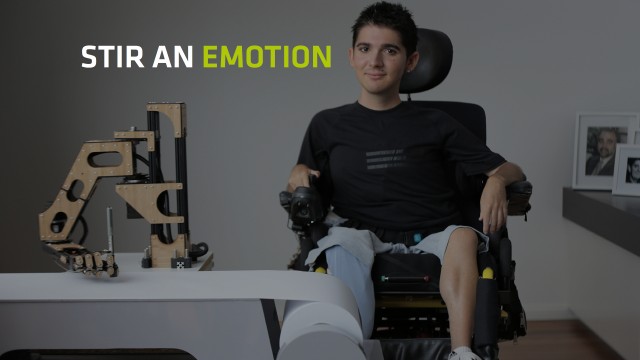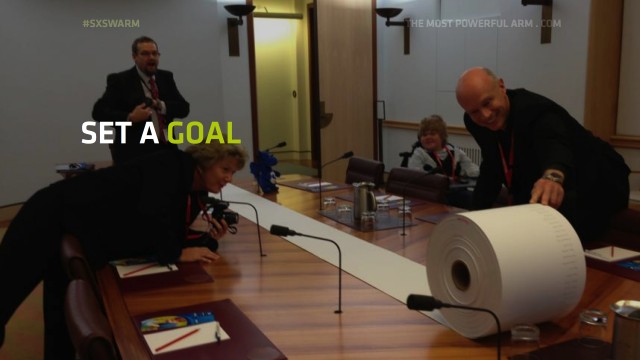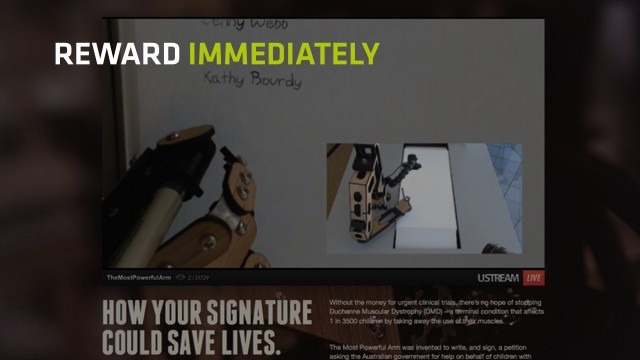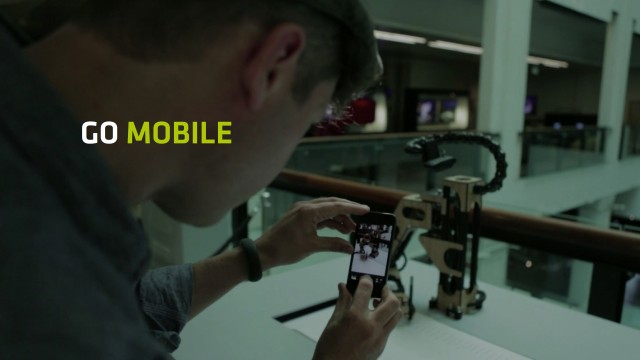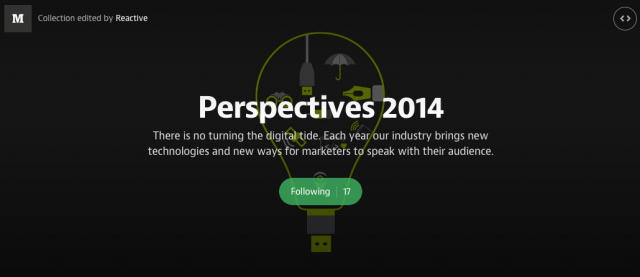How to let your campaign buzz with technology
Here’s a question you may have heard before: Can technology be the sole ‘big idea’, the foundation for a whole campaign? And if so, can only technology brands run this sort of ‘tech buzzy’ campaign? The simple answer: Yes and No, respectively.
It’s pretty clear why gadgets, innovations and tech stories influence campaigns. Technology and science are all around us, innovating with a speed that makes science fiction talked about as if it’s the weather. Mainstream media covers it regularly, whether in lifestyle magazines or featured on the weekly news, and many of our most valuable brands would not exist without it.
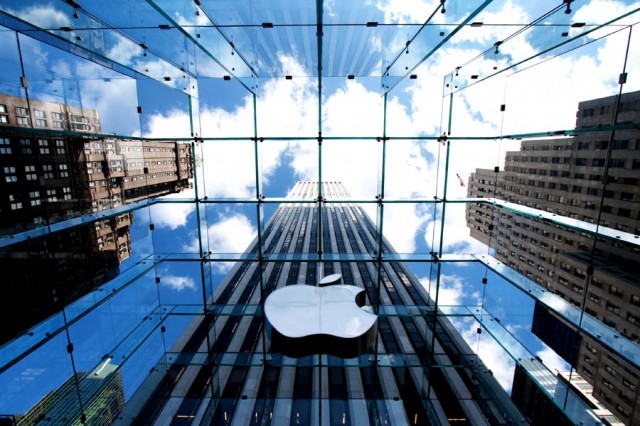
Photo Credit: Anna Fischer via Compfight cc
And as marketers and advertising creatives we accept that technology is a brand differentiator. The technical brilliance of an execution says a lot about how modern and savvy a brand is perceived. The same goes for a campaign’s lack of technical brilliance. Not to mention — increasing a campaign’s tech-factor provides a higher cut-through all the noise out there, which saves on media spend. Tech is a talking point, and as a campaign element it is here to stay. But before you start seeking out the most cutting edge technology and connecting it to your brand, ask yourself this: How do I make sure this technology is emotional, cool AND fits my brand’s core idea at the same time?
In a combination of agencies, we have been fortunate enough to succeed in doing exactly that. Last year we created ‘The Most Powerful Arm‘, an interactive robot arm driven by Facebook users and built for the non-profit organisation Save Our Sons. But the thoughts below are not just learnings for the non-profit world — any brand or company can buzz with technology for maximum impact.
It was one thing to create a signature-writing robot (“sign for those who can’t”) connected to the world’s biggest social network. Adding live streaming video and posting photos of the action was an extended challenge. But the second part was equally arduous, yet much less visible: getting the human story out there. Much of it was carried by the inherent social effect of Facebook and social media itself. The buzz factor came out of blogs discovering the story and users getting their friends to join in supporting the cause. And a third component was digital and traditional PR combined with media thinking: with a clever use of search and YouTube media, the campaign reached mainstream television and radio shows.
The takeaways from The Most Powerful Arm taught us more than a few things about how to get a campaign to ‘buzz with technology.’ And they are not just learnings for the non-profit world — any brand or company can buzz with technology for maximum impact. We hope they can help you and your agency with the next buzzing brief.
Technology shapes the idea, and the idea shapes the technology
What does this mean in a brand-agency relationship? As a first, appreciate that this approach costs time and money before any campaign idea is formed. You could for example invest into your own innovation capabilities, e.g. through Research & Development (R&D) time, a time for your teams to explore ideas that do not always get the attention they deserve. That way you have at your ready a catalogue of ideas and prototypes which you can meld together for new briefs. And beware: even when developing the actual execution in an agile process, the very first tech idea might not become the final campaign.
When you do get into execution, please bear these additional principles in mind:
Try to manifest your creative thought in a physical shape. We don’t mean in a metaphorical way, but in an actual physical piece of technology. People are constantly fascinated by new technology and physical objects. It also gives mainstream media a nice visual to report on. So go on, build a bridge between the digital and physical world.
Connect your campaign with a deep-rooted emotion. Empathy with children and their parents is one such emotion. The real hero in our campaign was Jacob Lancaster, a 19 year old who is suffering from DMD. He is an incredibly brave young man, helping future generations who will benefit from the clinical research. To get that level of emotion across in our campaign, we not only featured Jacob in our intro video but also trained the robot to write in Jacob’s handwriting.
By announcing an ambitious but achievable goal of 20,000 signatures, we gave the campaign a story arch. It showed everyone a finish line and created positive suspense. The fact that we achieved and surpassed the goal added to the excitement.
There are a million other things people could do online. We kept them on our page by introducing live streaming video from the robot’s location. Users also saw an accurate counter of minutes and seconds till the signature was going to be written.
This might seem like a no-brainer, right? Everyone has a smartphone these days, and it has become a constant companion. But yet, quite often we see campaigns which have little or no mobile consideration. In our project we focused rather heavily on mobile. It was a live installation that allowed people to stand in front of the arm, sign the petition on their phone and then watch the robot sign the petition with their very own name. Even though only a few thousand people actually saw the robot installation for real, close to half of all traffic to the website came from mobile devices.
As a few more principles:
- Involve digital and mainstream PR from a very early point. The more PR colleagues and online influencers that understand the project, the more momentum it will gain.
- Be ready to iterate the idea and execution, even after launch. Be aware of new approvals and the process required for it.
- Prepare for curve balls (e.g. a social network responding in an unexpected way) and you’ll be able to react in time to keep the project buzzing.
And finally: after enjoying the successful launch of any tech-buzz campaign, it is important that you immediately start measuring the impact the project had on the company and brand. There are inevitably plenty of campaign goals to measure, but do not overlook that successful tech campaigns will also lower internal resistance to new ways of doing marketing. It will heighten your chances of pulling off more projects like this.
This post is part of Reactive’s ‘Perspectives’ which you can read in its entirety on Medium, on Slideshare or download as a PDF document on our website. We appreciate your feedback and connecting thoughts on Twitter @reactive using #perspectives2014.
‘The Most Powerful Arm’ was created by Finch, Reactive, Havas and Red Agency for Save Our Sons

